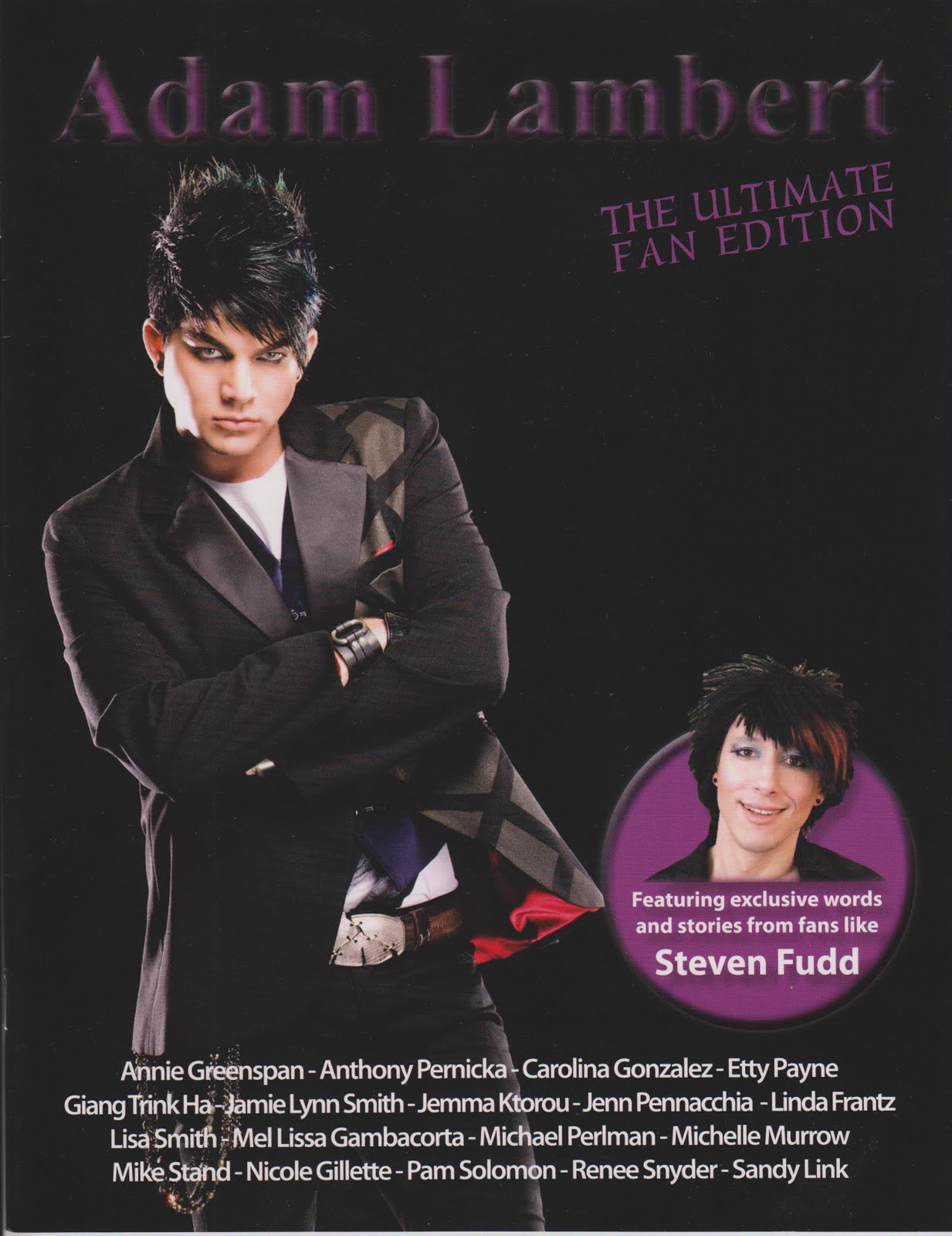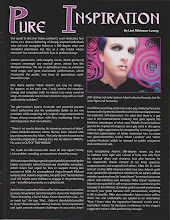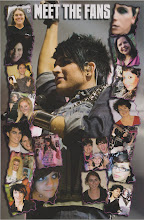by Michael Perlman, Perlman PR
 |
| Mumford & Sons under starlit skies |
Forest Hills, synonymous with tennis and music history, regained a bit of its glorified musical past on August 28th, as the iconic Forest Hills Tennis Stadium, dormant and neglected since its last major concerts in the 1980s, reopened after undergoing eight weeks of repairs totaling an approximate $1.5 million. An estimated 16,500 fans began standing on long lines on Burns Street as early as 5 AM, eager to enter the historic stadium archways to see the U.K. folk rock band, Mumford & Sons, as well as opening bands, Bear’s Den and The Vaccines. They took center field on a newly constructed stage and the fans cheered, reminiscent of the days of Forest Hills Music Festivals. They picked up from where The Beatles landed in a helicopter and performed 49 years ago to the day, or when other musical greats such as Frank Sinatra, Barbra Streisand, Bob Dylan, The Doors, and Donna Summer made summers memorable.
Dating to 1923, the stadium is recognized as the first concrete tennis stadium countrywide and the first home of the U.S. Open. It is also noted for National Championships, and where tennis players such as Bill Tilden, Don Budge, and Billie Jean King made headlines, and Arthur Ashe and Althea Gibson broke racial color barriers when tennis was a segregated sport.
After the U.S. Open moved to Flushing Meadows Park in 1978, major music festivals gradually declined at the stadium. Neighbors then complained how music lingered all night and their properties were parked on and trashed. The stadium fell into disrepair with patchy concrete, and the wrecking ball narrowly missed what was deemed as “hallowed ground.”
Just three years ago, West Side Tennis Club (WSTC) members rejected a bid by Cord Meyer Development to purchase and demolish the stadium for a condo, which followed Rego-Forest Preservation Council’s grassroots preservation and creative reuse campaign, led by Chair Michael Perlman. WSTC President Roland Meier played an instrumental role in bringing the private club away from its wallflower status by looking outside the club for ideas for the stadium’s future. Notable 100th anniversary events recently transpired, including a flag raising ceremony and a tennis carnival. This played homage to the club’s past and influenced club members and the greater community to support the stadium’s rebirth.
Last winter, concert producers and partners Mike Luba and Jon McMillan began a dialogue with the club, and founded WSTC Events. Their shared vision was to hold 18 concerts over the next 3 summers and 1 this summer as a trial. “We want to justify the faith of the community. We had to earn the trust of everyone involved,” stated McMillan. Key stakeholders included members of City Council, Community Board 6, the Forest Hills Gardens Corporation, the 112th Precinct, the Mayor’s Office, and members of the West Side Tennis Club. The Department of Buildings approved a 17,000 seating capacity, and the producers worked with the 112th Precinct to approve an approximate 150 safety officers and street closures near the stadium.
To place a damper on neighbors’ concerns over noise and overcrowded residential blocks, WSTC Events set a 10 PM concert curfew and created a new stadium entrance on Burns Street. Tickets were $74 with no additional fees, and patrons were advised to take mass transit, in order to ease congestion and the stadium’s lack of parking.
Engineering assessments proved the stadium was sound. It withstood hurricanes, an earthquake, and a macroburst. “Based on historic drawings, surveys, and meetings with the DOB, we’re doing everything we can to make the stadium safe,” said McMillan. Luba’s first observation of the stadium was “a crumbling mess, which could turn into a priceless jewel.”
From June 20th through August 17th, Construction Manager Carl Dogali had the feat of completing structural work on a site he newly encountered. He explained, “We removed the weathered wooden benches from the grandstands. Then I power-washed the stadium’s topside and patched the concrete. Phase two addressed falling concrete on the bottom side and the archways. Phase three was the new entranceway.” The producers also financed new flagpoles above the eagles overlooking the stadium, replicated portal signs, and removed the windscreen from the stadium’s base to reveal roundels and pilasters. During the restoration, a 1923 Coke bottle and a safe was uncovered.
“We have a history of coordinating shows in small communities, and part of our vision is to drive local economies,” said McMillan. Increased business was witnessed before and after the Mumford & Sons concert along Austin Street. That held true for the newer businesses such as Forest Hills Station House, Banter, The Flying Pig, and Martha’s Country Bakery, as well as old-time favorites such as The Irish Cottage. Some increased their hours and offered live music and specials. Forest Hills Station House served English pub fare and played Mumford & Sons’ music.
Mumford & Sons energized their fans who sang along and danced to multi-platinum numbers such as “I Will Wait,” “Little Lion Man,” and “The Cave,” while colorful lasers and dangling lights enhanced the mood. Marcus Mumford stated, “This has been a unique day for us. We are really proud that we got to revitalize this venue with you all.” Ben Lovett on the keyboard said, “Yes, Forest Hills, Queens, New York. We just can't believe you all came. This is amazing. Are you sure you can invite 17,000 people to a tennis court? It hasn't happened in a long time!” Mumford & Sons commemorated the stadium by throwing tennis balls into the audience, and alternating between a racket, a banjo, and a guitar.
Patrons explained their experience. Patrick Lannan of Forest Hills stated, “The stadium is the jewel in the crown of Forest Hills, and to tear it down would rip the identity so closely associated with tennis and this historic neighborhood. Mumford & Sons fully understood the connection, which they referenced throughout the show. Mumford and Lovett are from Wimbledon, where tennis is also prevalent.”
All the way from Connecticut was concertgoer Cheyenne Kerekes, who explained, “You could feel the history in the stadium. It was even more powerful because the bands have such respect for the greats that came before them. Someday people will be talking about Mumford, Vaccines, and Bear's Den, the same way they did for Dylan, Hendrix, and The Beatles.” She continued, “When all the bands came on stage for ‘Awake My Soul,’ that was one reason I adore Mumford & Sons so much. Everything they do music wise becomes a community experience, and we're all there to jam along with them.”





No comments:
Post a Comment